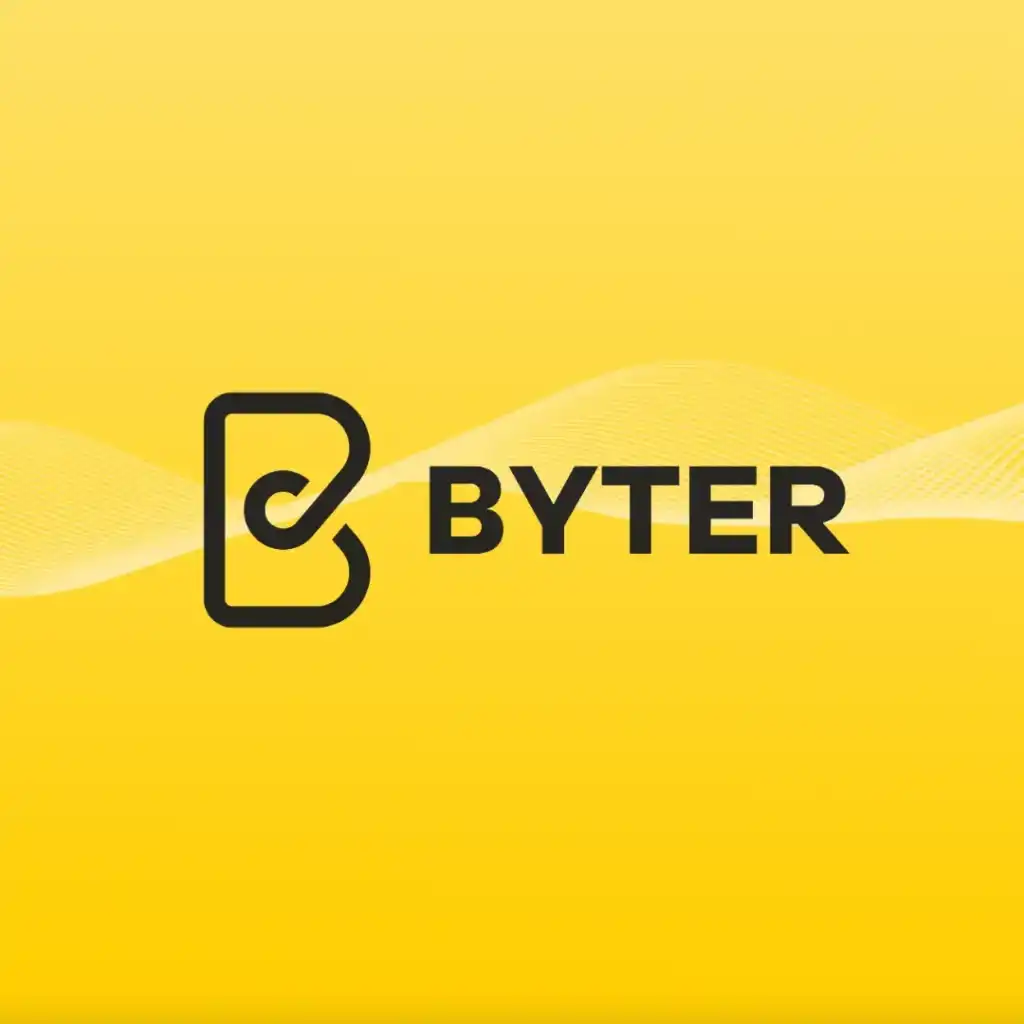Predictive User Interface and the Death of Navigation
Predictive user interface reshapes digital design, replacing traditional navigation with smarter and more intuitive user experiences. Menus, tabs, breadcrumbs, and carefully structured hierarchies guided users through websites and apps. Designers treated navigation like an art form – mapping journeys, testing pathways, and refining taxonomies until every click felt intentional.
Yet, the tide is turning. Users no longer want to navigate; they want instant fulfilment. Instead of clicking through menus, they expect technology to anticipate their needs. This shift has ushered in an era of intent-based design, where software predicts what users want before they even ask.
But while this seems like progress, it raises a critical question: are designers creating seamless experiences – or digital cages?
The Decline of Traditional Navigation
 It is no exaggeration to say that navigation, as once known, is fading. What was once considered essential now feels clunky and outdated.
It is no exaggeration to say that navigation, as once known, is fading. What was once considered essential now feels clunky and outdated.
Why? Because users have grown accustomed to summoning rather than searching. Search engines, streaming platforms, and AI-powered assistants have rewired expectations. People no longer think, “Where do I go to find this?” Instead, they think, “I want this – deliver it to me now.”
A corporate intranet with endless dropdown menus suddenly feels like an obstacle course. Users no longer have patience for layered structures. They want the destination, not the journey. The result is that designers are no longer building pathways; they are constructing systems of instant gratification.
From Clicks to Signals: The Intent Revolution
This transition from structured navigation to intent-driven interaction is subtle but revolutionary. Instead of asking users to choose a route, platforms try to predict their next move and present results instantly.
Examples are everywhere:
- Music streaming apps create curated playlists based on moods and habits.
- Maps services remember parking spots and anticipate routes home.
- Social platforms deliver endless content streams, requiring no active browsing.
Even conversational AI and voice assistants have joined this trend. They no longer present choices but interpret intent and attempt to provide answers directly. The traditional click-based model is dissolving, replaced by interfaces that whisper suggestions rather than display signposts.
When Predictive User Interface Gets It Wrong
However, intent-driven design is far from flawless. Predictive systems succeed only when they guess correctly. When they misinterpret, frustration builds quickly.
Consider a platform that assumes a user wants one option and hides alternatives. Suddenly, the experience feels restrictive. The user is trapped in a loop, unable to easily correct the system. It is the digital equivalent of an overly confident butler insisting on tea when coffee was requested.
History is filled with missteps – early digital assistants and intrusive “helpful” pop-ups are reminders that prediction can easily slip into annoyance. When interfaces remove choice, they risk alienating the very people they aim to serve.
Losing the Map: Autonomy at Risk
One of the biggest casualties of intent-based design is the user’s mental map. Traditional navigation provided structure, helping people understand where they were and how to move around a system. It gave them a sense of place and autonomy.
Intent-based interfaces, in contrast, often strip this away. They replace maps with invisible tunnels – quick and efficient but disorienting. A user may arrive at a result without knowing how or why. Without orientation, they lose the ability to explore independently, which can create mistrust.
This black-box effect undermines transparency. Users may begin to feel like passengers rather than participants in their own digital journey.
The Netflix Conundrum
Streaming platforms provide a vivid illustration. Many are designed to keep people watching, not browsing. They autoplay, recommend, and push content that aligns with recent behaviour.
This is effective when the user’s tastes remain consistent. Yet, when moods shift or interests change, the system falters. The absence of clear catalogues or genre structures leaves users stranded in an algorithmic bubble.
By over-prioritising prediction, such platforms inadvertently limit discovery. Interfaces that constantly assume familiarity often struggle to accommodate growth, curiosity, or unpredictability.
Predictive User Interface: Efficiency Versus Exploration
There is a paradox at the heart of this design philosophy. On the one hand, intent-based systems promise efficiency by reducing friction. On the other hand, they remove opportunities for exploration.
Designers often claim their goal is empowerment. Yet, if every choice is predicted and presented, autonomy diminishes. Real users often report frustration with systems that feel pushy or opaque. Instead of clarity, they experience confusion and limitation.
The danger is that what appears to be user experience may in fact be user theatre – interfaces giving the illusion of control while algorithms quietly pull the strings.
When Intent Works Well
This is not to say intent-based design is inherently flawed. In many cases, it delivers genuine value. Routine, repetitive tasks – such as reordering groceries, booking travel, or checking appointments – benefit from intelligent prediction.
Features like smart email replies or proactive calendar suggestions save time without eroding choice. Crucially, these systems succeed when they complement, rather than replace, traditional navigation. They enhance usability by reducing effort but still allow correction.
The key lies in balance: prediction should augment, not dominate.
Designing Predictive User Interface for Uncertainty
 Humans are unpredictable. They change preferences, explore new paths, and make irrational choices. Good design respects this by allowing room for ambiguity.
Humans are unpredictable. They change preferences, explore new paths, and make irrational choices. Good design respects this by allowing room for ambiguity.
Instead of assuming certainty, systems should say, “You may want this, but here are alternatives too.” This approach recognises human complexity and preserves freedom. Providing options is not inefficiency – it is respect.
Intent-based systems should therefore be layered over transparent structures. Users should be able to see the “map” even if they rarely use it. Prediction should support, not suffocate, curiosity.
Towards Predictive and Permissive Design
The future will undoubtedly lean on predictive systems. Interfaces will become smarter, faster, and more personalised. But if prediction is the engine, transparency must remain the steering wheel.
The most effective designs will offer both: intelligent suggestions alongside visible pathways. A platform should learn from its user while still allowing exploration and discovery.
In other words, the best systems will be predictive and permissive. They will anticipate intent while ensuring autonomy.
Final Reflection
The evolution from navigation to intent-based design reflects a desire for seamlessness. Yet, in pursuing frictionless interactions, designers risk erasing choice and discovery.
An interface that assumes too much can feel controlling rather than empowering. True progress lies in designing systems that predict but do not confine, that guide but do not dictate.
Ultimately, technology should not attempt to “think” for its users. It should enable them – providing pathways when needed and suggestions when useful. The goal is not obedience but empowerment.
The challenge for designers is clear: create interfaces that respect human unpredictability while offering intelligent support. Only then can intent-based design achieve its promise without sacrificing freedom.






